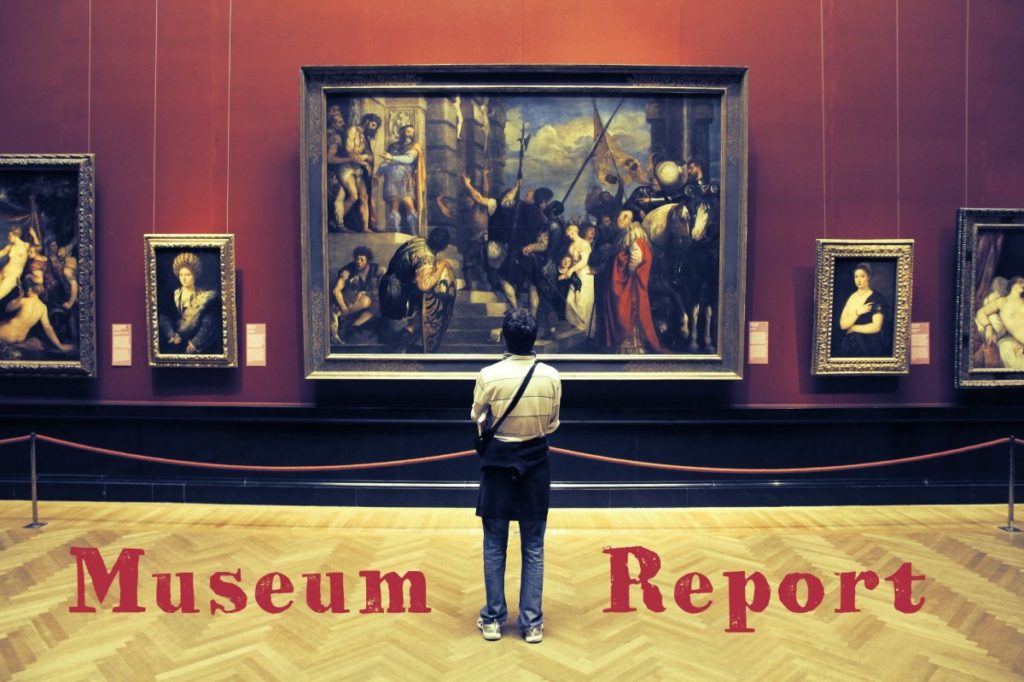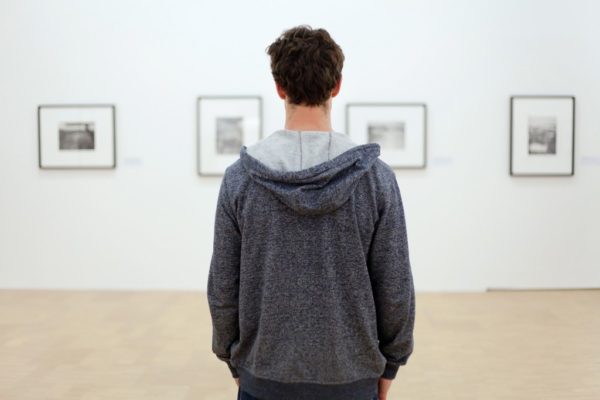

Museum report writing usually starts with a visit to a local museum. A student may select any of the museums listed in the assignment requirements or approve with the supervisor a choice of his/her own. Selecting a museum not listed in the assignment without clearing it with the supervisor can result in a failing grade.
At the Museum
At the museum, the student selects an object/objects that intrigue(s) him/her. However, it/they must fit within the time period being covered in class. It is necessary to carefully examine the object(s) chosen and make a photograph or a sketch of it (them) to keep the visual image(s) for later reviews. The student has also to be sure all identification data is carefully written down, including the artist, the title, the date, and the medium. This will be later needed both for format and referencing and for additional information search.
Analyzing the Object
The next stage is dedicated to object analysis. The student has to be able to both describe and interpret the chosen object. Interpretations of works of art should first proceed from visual analysis toward historical analysis. Having made a good grasp of the form and having acquired historical information about the work of art, the process of understanding involves a constant interplay between formal and historical analysis.
Making Notes
It is impossible to prepare the full museum report directly at the museum. That is why the student has to make notes while observing the object and save its visual image, but the research and interpretation have to be made later, at home.
The following questions might help while writing a museum report:
- Identify the work. Who is the artist? The title? The date? Do you know the medium (material) that was used? Has the piece been damaged or repaired in any way? What do you think may have caused this damage? Was the piece originally painted? Do you see any traces of paint left on its surface?
- If the artist is unknown, are we aware of anything about the artist’s life or personality that may have affected his/her creation of the work?
- During what time period and where was the work created? Discuss what was going on in the cultural, political, economic, or social spheres at the time it was produced which may, or may not have affected its production.
- What is the subject depicted? What is its meaning? Is the subject recognizable to you? Do you think it would have been recognizable to the people during the time in which it was created? Are there any symbols apparent? If so, what are they? Are they symbols which are understandable to you, or to the people in the society in which the piece was made?
- Was the piece commissioned by a king or ruler? Or produced for a temple? Did the object have a purpose in this culture (e.g. a harp played at funerals, or a vessel for storing wine)?
Writing the Museum Report
Often, the museum report requirements do not include an introduction and conclusion but simply require several paragraphs each describing a particular work of art. In this case, the format of the work is to state the title of the work, artist’s name, the date, and medium, and then to write a paragraph underneath. Titles for art works should be underlined or in italics. The paragraphs should include some formal analysis but deal primarily with historical and contextual information about the artists and their works. Historical and contextual information includes the biography of the artists, style or period, and what kind of social and political context might have encouraged the creation of such an image also the meaning of the work through its iconography.
General recommendations for writing a museum report:
- An introduction, body, and conclusion are usually required.
- Visual images of the art piece (a postcard, photograph, or a sketch) included.
- Intellectual analysis which demonstrates research and effort.
- Proper format (MLA, APA, etc.) used for all bibliographic entries.
- Correct grammar and spelling, careful proofreading.
- No plagiarism.
Source: AEssay Team
If you find this article not helpful enough or you are not sure how to write a good museum report, you can order Museum Report from our AEssay Custom Writing Team or ask for academic advice.

